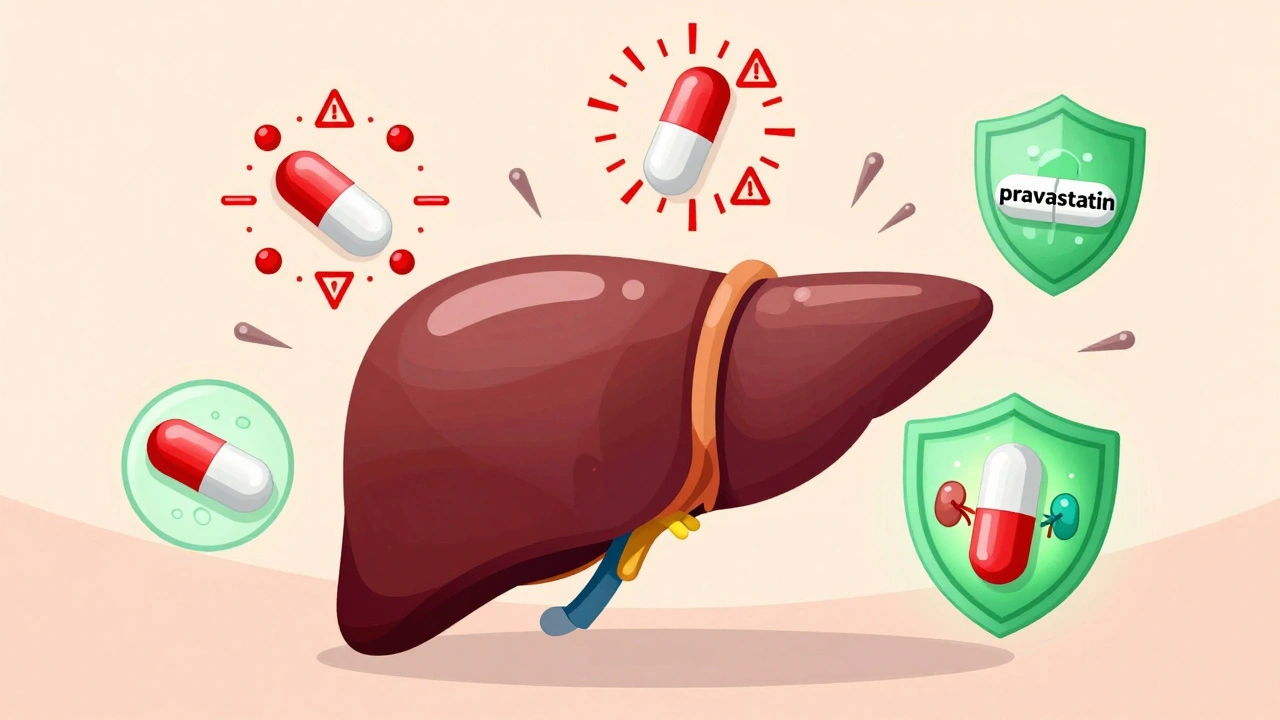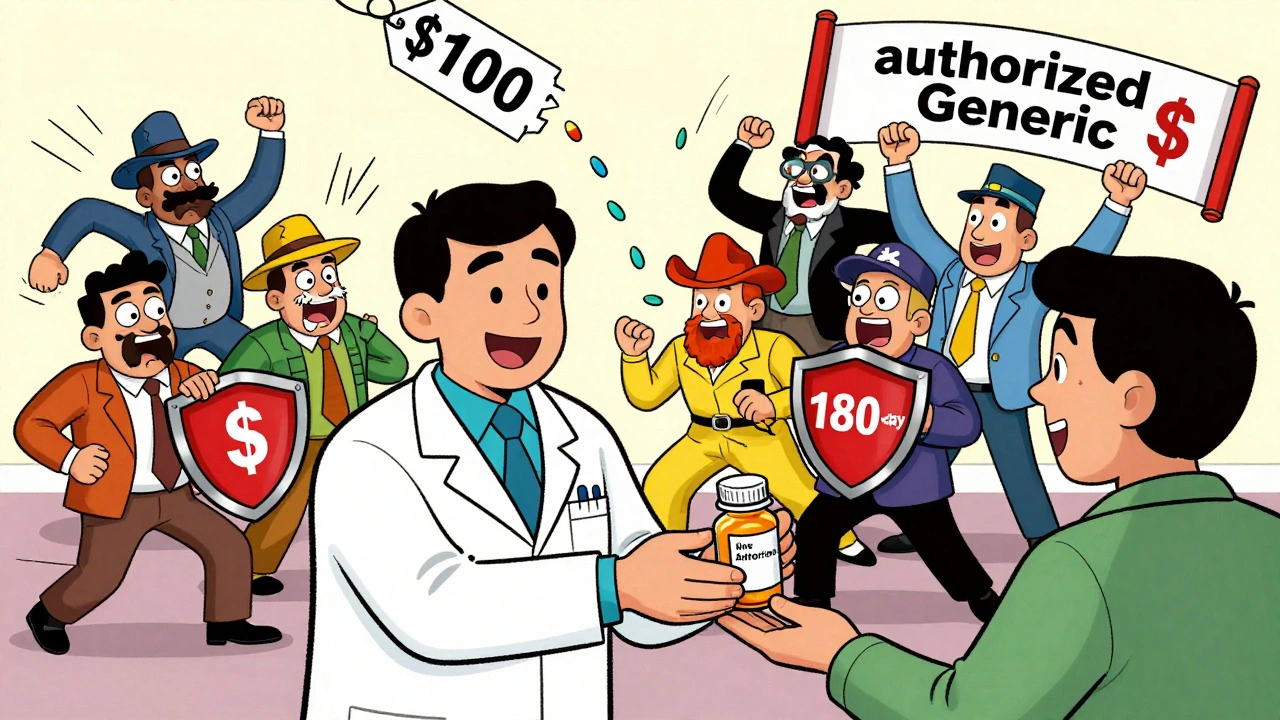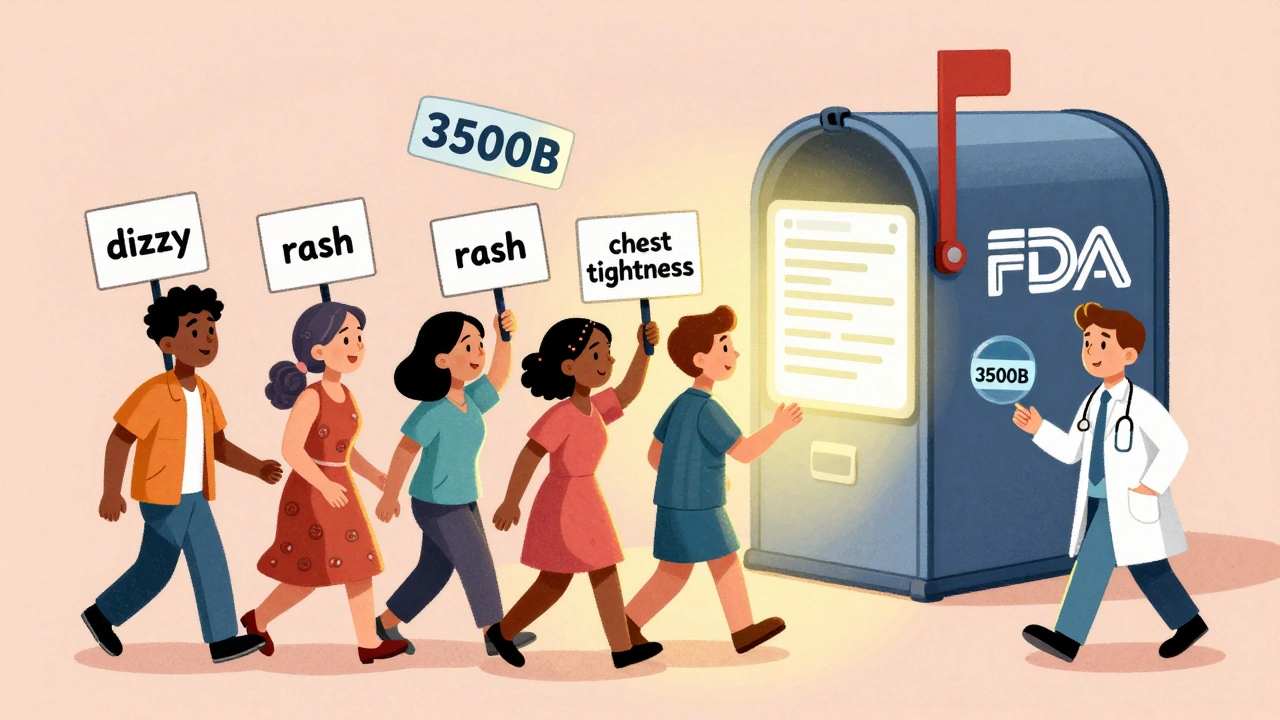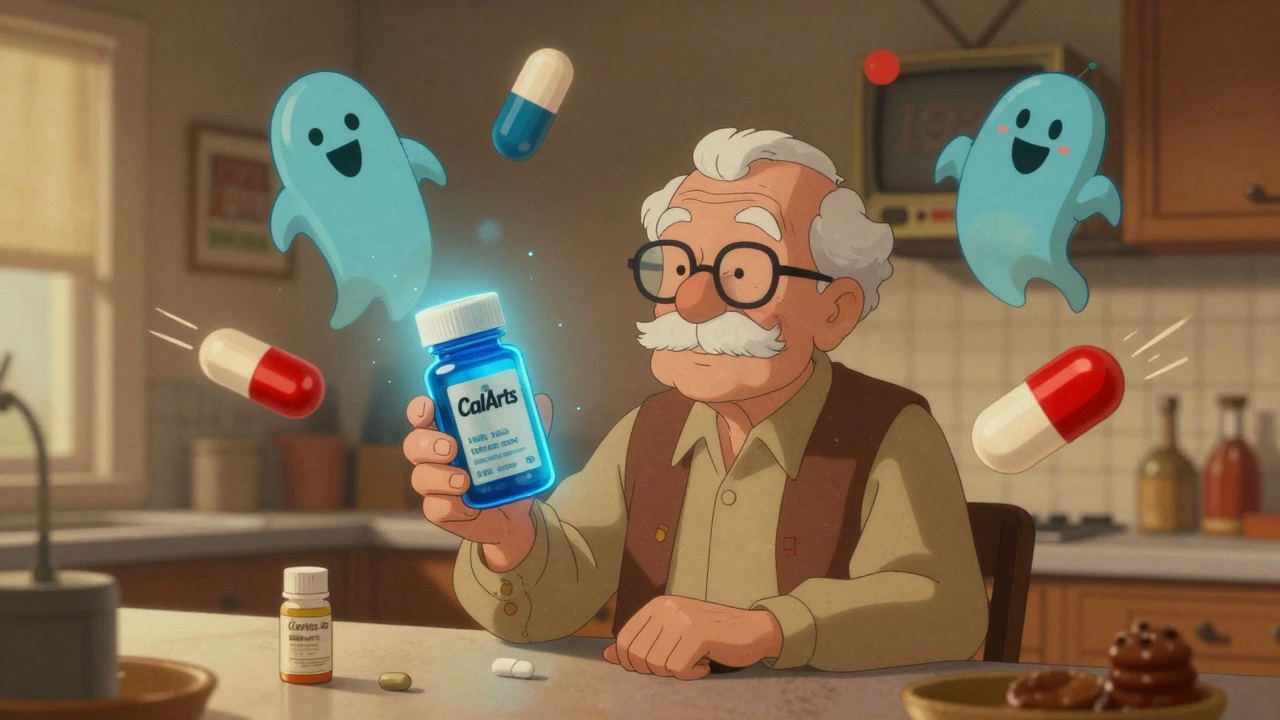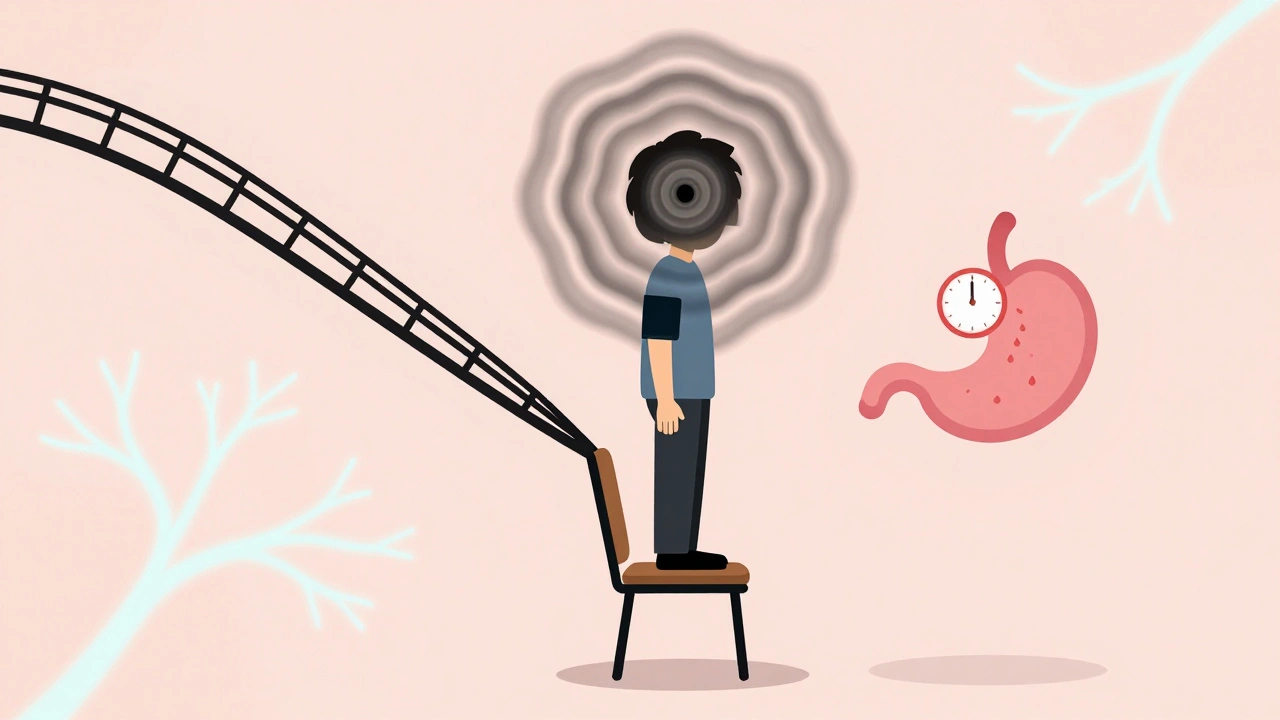CanadaPharmacyDepot.com: Your Source for Pharmaceuticals - Page 2
Cognitive-Behavioral Therapy: The Proven Psychological Treatment for Anxiety, Depression, and More
Cognitive-behavioral therapy (CBT) is a proven, short-term treatment for anxiety, depression, OCD, and more. Backed by over 2,000 studies, it teaches practical skills to change negative thinking and behavior patterns.
MoreDrug Interactions with Specific Statins: Class Effects and Differences
Different statins have very different risks for drug interactions. Simvastatin and lovastatin are high-risk, while pravastatin and rosuvastatin are safer. Learn which combinations to avoid and how to choose the right statin for your meds.
MoreHow Multiple Generic Drug Competitors Affect Prices and Market Stability
Multiple generic drug competitors don't always lead to lower prices. Real-world factors like patent strategies, regulatory caps, and pharmacy benefit managers shape market outcomes - sometimes limiting competition despite many approved generics.
MorePediatric Vision Screening: How Early Detection Prevents Lifelong Vision Problems
Pediatric vision screening catches hidden eye problems like lazy eye and misaligned eyes before they cause permanent damage. Early detection through standardized tests can restore vision in 95% of cases-if done before age 5.
MoreSGLT2 Inhibitors and Fournier’s Gangrene: What You Need to Know Now
SGLT2 inhibitors help control diabetes but carry a rare risk of Fournier’s gangrene - a life-threatening infection. Know the warning signs, act fast, and understand when to seek emergency care.
MoreHow to Report Adverse Drug Events to FDA MedWatch: Step-by-Step Guide for Patients and Providers
Learn how to report adverse drug reactions to the FDA's MedWatch system. Step-by-step guide for patients and providers on submitting reports, which forms to use, and why your report matters for drug safety.
MoreCitalopram and Escitalopram: QT Prolongation Risks and Safe Dose Limits
Citalopram and escitalopram are effective antidepressants but carry QT prolongation risks that require strict dose limits. Learn the safe dosing guidelines, who’s at risk, and how to minimize cardiac complications.
MoreFirst-Generation Antihistamines: Why Severe Drowsiness and Anticholinergic Effects Matter
First-generation antihistamines like Benadryl cause severe drowsiness and anticholinergic side effects that can impair cognition, increase dementia risk, and linger for hours. Learn why they're risky-and what to use instead.
MoreGenerational Differences in Attitudes Toward Generic Medications
Generational attitudes toward generic medications vary widely: older adults trust brand names due to familiarity, while younger generations prioritize cost and transparency. Understanding these differences can help improve adherence and reduce healthcare costs.
MoreAutonomic Neuropathy: Understanding Blood Pressure Drops and GI Symptoms
Autonomic neuropathy causes dangerous drops in blood pressure and severe digestive problems like gastroparesis. Learn how it develops, how it's diagnosed, and what treatments actually work to manage symptoms and improve daily life.
More

